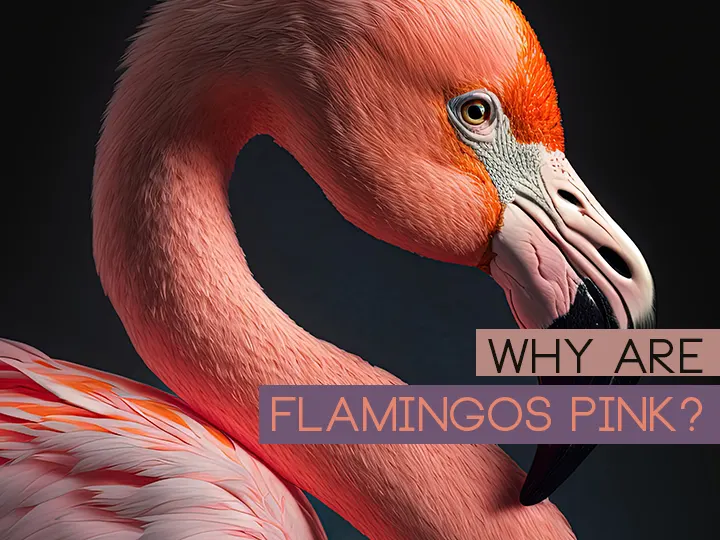
Why are Flamingos Pink?
Flamingos are known for their striking pink plumage, which makes them stand out among other birds. But why are they pink? The answer lies in their diet.
Flamingos are filter feeders, meaning they strain small organisms and particles from the water using their beaks. They primarily feed on algae and small crustaceans, such as brine shrimp and blue-green algae. These creatures contain a pigment called beta-carotene, which gives them their pink or orange color.
When flamingos consume these pigments, they are stored in their feathers, legs, and beaks. The more beta-carotene a flamingo eats, the more intense its color will be. In fact, wild flamingos that feed on a diet high in beta-carotene have been known to have much deeper pink plumage than those in captivity.
Additionally, flamingos also have special cells in their feathers called melanosomes that help to distribute the pigments throughout their plumage.
It is interesting to note that flamingos are born with gray or white feathers and it takes around 2 years for them to develop their pink plumage. Also, the color of the feathers of flamingos also indicates the birds' health, a flamingo with paler plumage may be ill or malnourished.
In summary, flamingos are pink because of the pigments found in the algae and crustaceans they consume. The more beta-carotene they eat, the deeper their pink color will be.